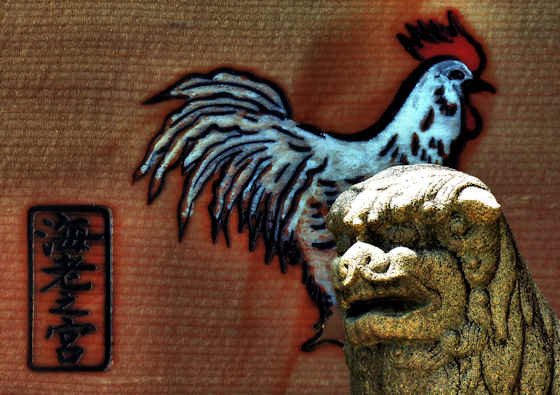Monday, October 30, 2023
Jimyoin Betsuin Temple
Labels:
aizen,
dragon,
Fudo Myojin,
nio,
sasaguri,
shichifukujin,
shingon,
temple
Sunday, October 29, 2023
Unzen Hells
Labels:
hot spring,
kyushu108,
nagasaki,
shimabara,
unzen
Saturday, October 28, 2023
Yasaka Shrine Ebie
Friday, October 27, 2023
Onsen Shrine Unzen
Labels:
komainu,
kyushu108,
shirahiwake,
Shrine,
takehiwake,
torii,
Toyohiwake,
Toyokujihune
Tuesday, October 24, 2023
Kozanji Temple Tanabe
Labels:
kobo daishi,
minakata kumagusu,
pagoda,
saigoku,
shotoku taishi,
tanabe,
temple,
ueshiba morihei,
wakayama
Saturday, October 21, 2023
Ryushoji Temple 64 Kyushu Pilgrimage
When I first visited in 2014 the newly built main hall was still behind scaffolding and blue tarps, but it opened in 2015. I revisited a few years later while walking the Kyushu Fudo Myo Pilgrimage.
Labels:
dainichi,
Fudo Myojin,
kyushu108,
temple
Subscribe to:
Posts (Atom)

































































